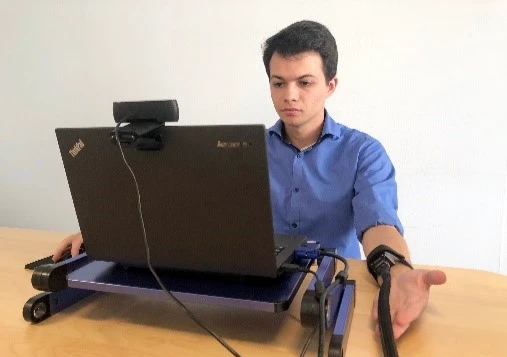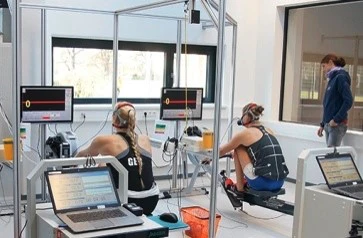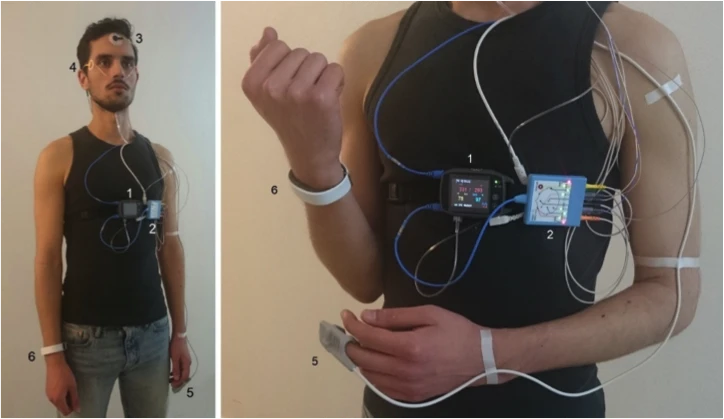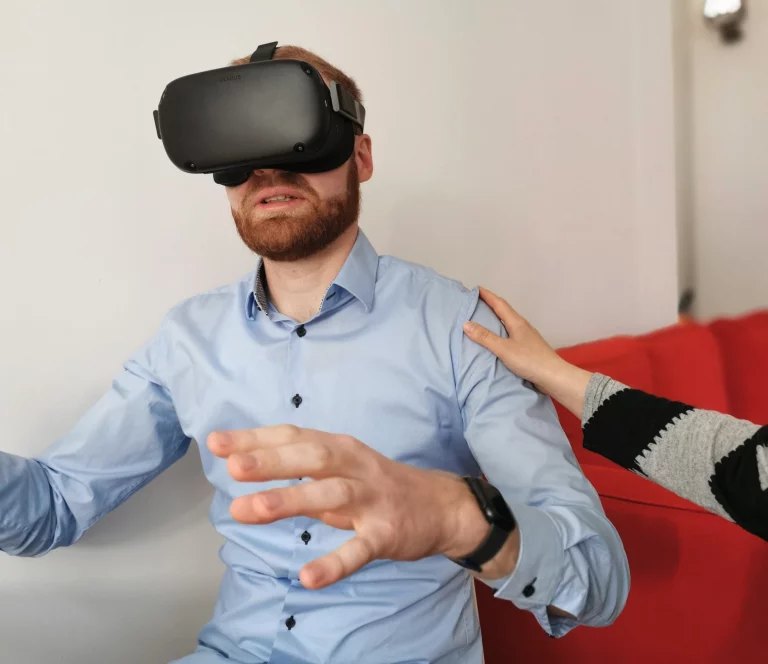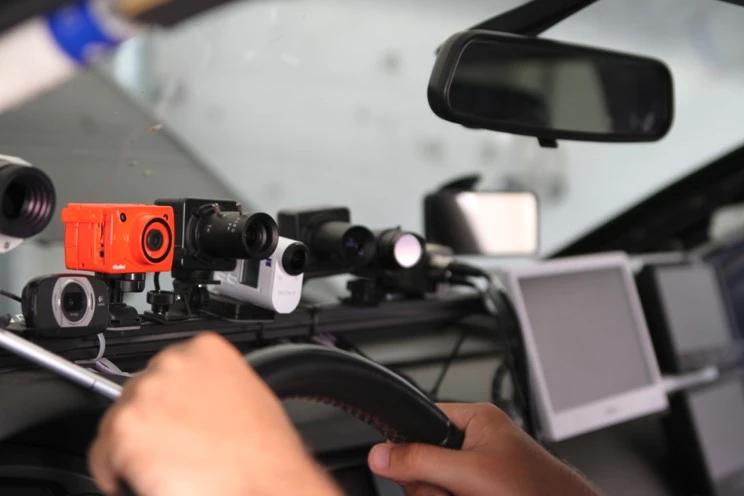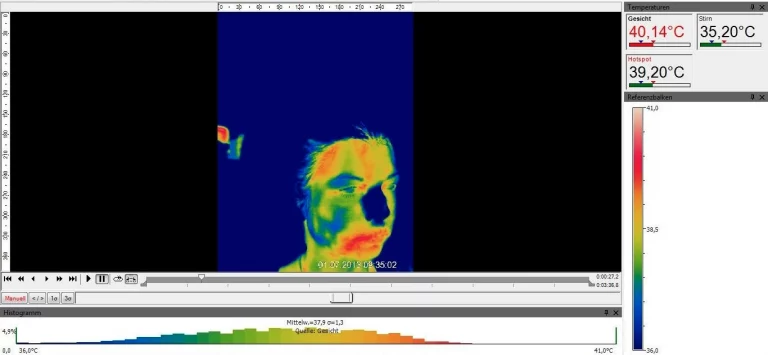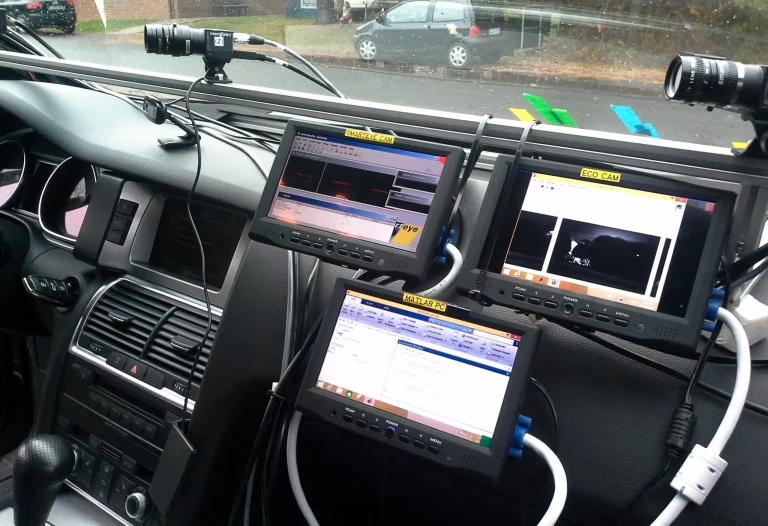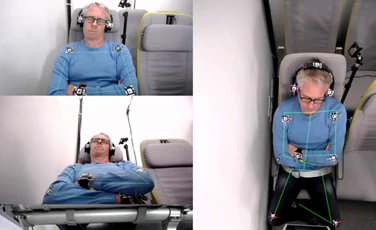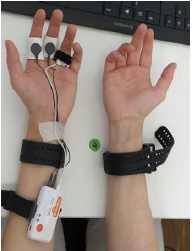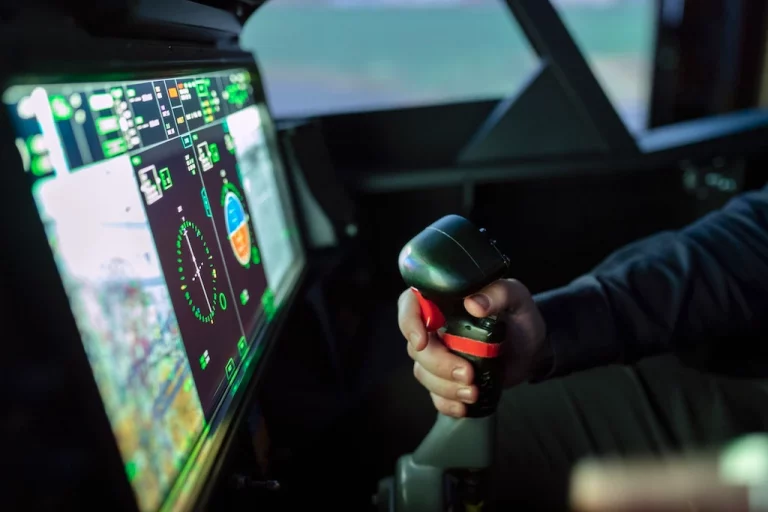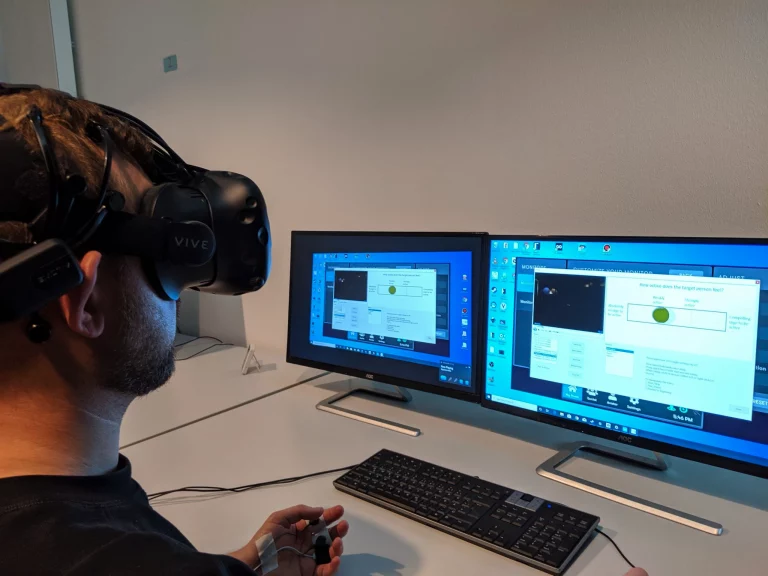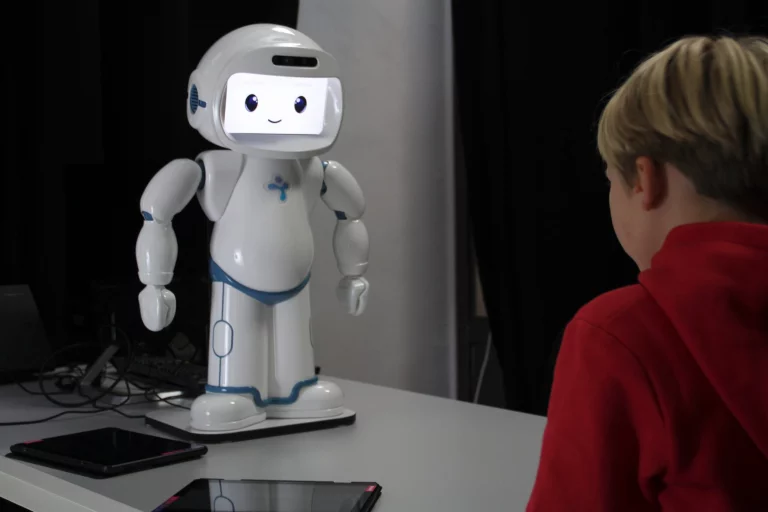Computer Vision
Teach computer to see
In the field of video-based emotion recognition, analyses of facial expressions are most common. Here, emotion is often expressed by subtle changes in one or a small set of discrete facial features. For example, anger might be displayed by a tightening of the lips or sadness by lowering the corners of the mouth. In general, facial expressions are based on a change in various muscular action units. The action units can be analyzed individually as well as in combination. The changes can mark a range of emotions, such as sadness, depression, fear, and anger.
With the increase in automation much progress has been made in the development of computer systems which understand this human expression of. Moreover, analyses of facial muscle activity were not only found to indicate different emotions, but also psychological disorders. For instance, persons with high depression symptom severity were found to display contempt, less smiles, and smiles related to contempt. However, head movements and body gestures can be taken into account as well adding further markers for automatic emotion recognition.
Successful Projects
Development of a screening and support portal as an extensive psycho-social diagnostic mode for refugees
Features extraction of auditory, visual, and physiological data for diagnosis system of affective disorders
A holistic view of interrelated frailties to reduce frailty risk by improving overall well-being
Feedback-assisted rehabilitation after surgery of the anterior cruciate ligament
A contribution of German elite sport to smart health promotion
Market overview, legal and technical requirement analysis, living lab study, and implementation of corporate health management programs
Desktop and virtual reality-supported module variants to bridge waiting times between therapy sessions and enrich ambulant therapy
Support of acute therapy and relapse prevention in the deep psychological treatment
Sudden sickness, distraction, and mind wondering detection by camera and audio based approaches for hand over situations in autonomous driving
Camera-Based Monitoring of Safety-Critical Driver Conditions
Evaluation of multiple fatigue intervention systems
Multimodal physiological measurements of mental workload for evaluating ADAS
Psychophysiological data collection (EEG, EDA, ECG)
A predictive modelling techniques and pattern recognition-based approach
Computer vision-based detection of attention
Developing of emphatic dialog systems: an EU-Japanese collaboration





